Key points
- There are three types of rock found on Earth. These are igneous, metamorphic and sedimentary.
- Each rock type is formed in a different way.
Rocks are usually mixtures of compounds. What is a compound?
A compound is a substance that contains two or more elementA pure substance that is made from only one type of atom. Elements are listed on the periodic table. Elements cannot be broken down into simpler substances. chemically bonded in a fixed ratio of atomThe smallest particle of an element. We often think of atoms as tiny spheres, but in fact they are made from smaller particles called protons, neutrons and electrons.
For example, the rock malachite is mostly made of the compound copper carbonate which has the formula CuCOŌéā. This means that each copper atom (Cu) is chemically bonded to one carbon atom ┬® and three oxygen atoms (O).

Types of rocks
The crustThe EarthŌĆÖs crust is the rocky outer layer of the Earth. is the Earth's outer layer and is made of rocks. Rocks are solids which are made of grains of mineralA solid compound which occurs naturally in rocks. which fit together.
Minerals are chemical compounds which occur naturally in the EarthŌĆÖs crust. A compound is a substance which is made from two or more elements which are chemically bonded together in a fixed ratio of atomThe smallest particle of an element. We often think of atoms as tiny spheres, but in fact they are made from smaller particles called protons, neutrons and electrons.
Rocks can be classifyTo arrange something into classes according to characteristics. In chemistry this is done according to physical and chemical properties. into three types depending on what minerals they contain and how they are formed.
The three types of rock are:
- igneous rockAn igneous rock is one formed from the cooling of molten rock.
- metamorphic rockA metamorphic rock is a rock formed from another rock under heat and pressure.
- sedimentary rockA sedimentary rock is a rock formed by small rock pieces being transported by rivers and laid down in layers.
Look through the slideshow to find out more about the three rock types.

Image caption, 1. Igneous rocks
Igneous rocks are formed from the cooling of molten rock. Molten rock is rock that has been heated to such a high temperature that it melts into a liquid. The basalt which makes up the GiantŌĆÖs causeway is an igneous rock.
Image caption, 2. Sedimentary rocks
Sedimentary rocks are formed by small rock pieces which are transported by rivers and laid down in layers. Chalk is a sedimentary rock.
Image caption, 3. Metamorphic rocks
Metamorphic rocks are formed when another rock is under heat and pressure. Marble is a metamorphic rock, it is highly decorative and used for statues.
1 of 3
Igneous rocks
Igneous rocks are formed from molten (liquid) rock that has cooled and solidified.
The inside of the Earth is so hot that rocks deep underground are often liquid. Molten (liquid) rock underground is called magma. Volcanoes can bring molten rock to the surface, which we call lava. When the molten rock cools, it turns into a solid and igneous rock forms.
Igneous rocks contain randomly arranged interlocking crystals. The size of the crystals depends on how quickly the molten magma solidifies and can form extrusive igneous rocks or intrusive igneous rocks.
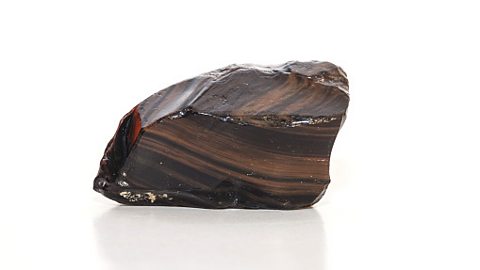
Extrusive
Extrusive igneous rocks are formed by magma that has erupted onto the surface as lava and then cooled quickly.
Obsidian is an example of an extrusive igneous rock. Obsidian has crystals which are so small that they are impossible to see without a microscope.

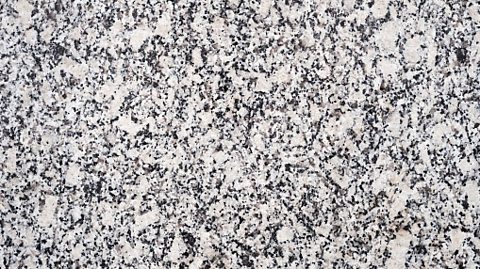
Intrusive
Intrusive igneous rocks are formed by magma that has cooled slowly, deep underground.
Granite is an intrusive igneous rock. Granite has large crystals which can be easily seen with the naked eye. This makes it attractive and useful for kitchen work surfaces.


Did you know?
The DevilŌĆÖs Tower in Wyoming, USA is a famous igneous rock formation. It was originally formed underground but the sedimentary rocks around it were worn away leaving just the igneous rock behind.

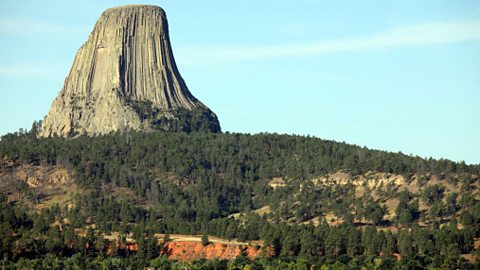
Uses of igneous rocks

1. Curling stones
Curling stones used in winter sport are made from granite which comes from the island of Ailsa Craig in Scotland. The granite is polished, so it moves quickly and smoothly across the ice.

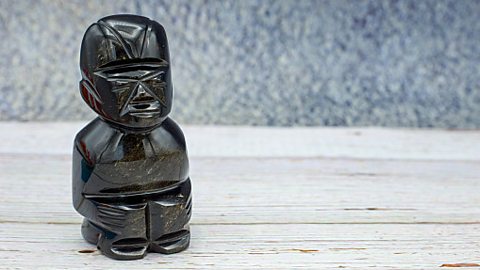
2. Decorative uses
Obsidian can be carved into decorative figures. Obsidian is smooth and shiny so the figures are attractive to look at.

How does the speed of cooling affect the size of the crystals in an igneous rock?
The faster the cooling, the smaller the crystals.
Sedimentary rocks

The grains in sedimentary rockA sedimentary rock is a rock formed by small rock pieces being transported by rivers and laid down in layers. are arranged in layers. The oldest layers are at the bottom and the youngest layers are at the top.
Chalk, limestone, shale, and sandstone are all examples of sedimentary rocks. All these different sedimentary rocks are formed from the broken remains of other rocks that become joined together.

There are five processes that make a sedimentary rock:
transport ŌåÆ deposition ŌåÆ sedimentation ŌåÆ compaction ŌåÆ cementation
| Stage | Process | Definition |
|---|---|---|
| 1 | Sediment transport | Sediment transport is the first all of the processes by which the sediment is formed. For example, small pebbles of rock are rolled along a river-bed. |
| 2 | Deposition | In deposition, sediment which was carried in transport is laid down. |
| 3 | Sedimentation | Layers of sediment form on top of each other in sedimentation. |
| 4 | Compaction | As more and more layers build up, the weight of the layers on top compacts the layers below. |
| 5 | Cementation | In the final process of sedimentary rock formation, some of the minerals in the sediment harden and form a kind of cement which sticks the grains of the rock together. |
Look through the slideshow to find out more about the five processes to make a sedimentary rock.
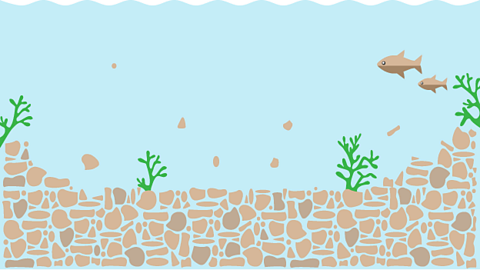
Image caption, Transport
Sedimentary rocks are formed by the action of water. A river carries pieces of broken rock as it flows along. This is transport.
Image caption, Deposition and sedimentation
When the river reaches a lake or the sea, these rocks settle to the bottom - the rocks are deposited. Layers of rocks build up in a process called deposition. These layers are called sediments. This process is called sedimentation.
Image caption, Compaction and cementation
The weight of the sediments on top squashes the sediments at the bottom in a process called compaction. This squeezes out the water from between the pieces of rock and crystals of different salts form. The crystals stick the pieces of rock together. This process is called cementation.
1 of 3
Uses of sedimentary rocks
Sedimentary rocks are often used as building materials.
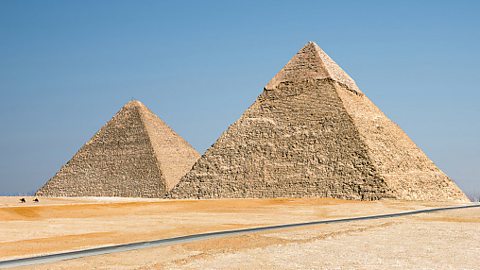
For example:
- sandstone is easy to shape into blocks so has been used to make building stones for walls for centuries
- limestone is also used for building stones for walls because it is hard and lasts for many years without being worn away

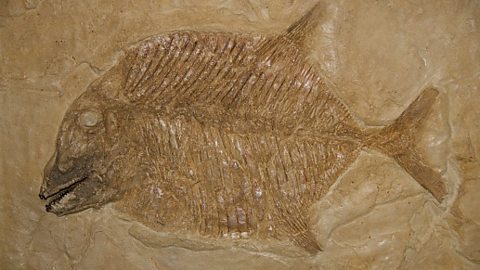
Did you know?
Sedimentary rock may contain fossils of animals and plants trapped in the sediments as the rock was formed.

How can you tell from this photograph of the Grand Canyon that the rocks are sedimentary?
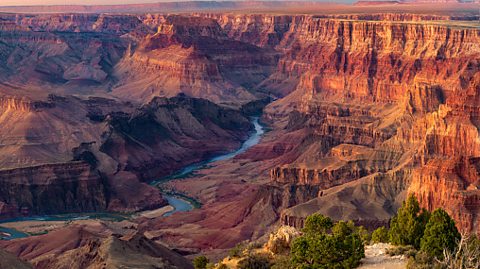
The rocks of the Grand Canyon are arranged in layers, therefore they are sedimentary rocks.
Metamorphic rocks
Metamorphic rocks are formed from other rocks which change due to heat or pressure.
The original rocks are usually sedimentary rocks or igneous rocks. Sometimes one metamorphic rock can be turned into a different metamorphic rock.
There are three stages involved in the formation of metamorphic rocks:
- Earth movements cause rocks to be deeply buried or compressed.
- This causes the rocks to be heated and puts them under great pressure.
- They do not melt, but the minerals they contain are changed chemically, and form metamorphic rocks.
The diagram shows how metamorphic rocks may form from rocks heated by nearby magma.
Uses of metamorphic rocks

1. Decorative uses
Marble is formed from limestone (a sedimentary rock) and contains tiny interlocking grains. This makes it very smooth and can be polished to a high shine for use in statues.

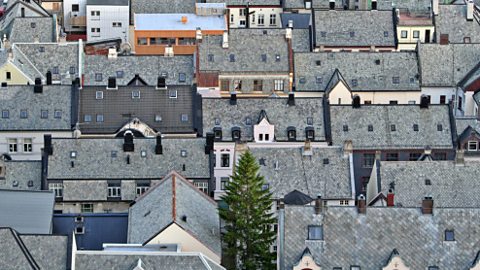
2. Roof tiles
Slate is formed from shale (a sedimentary rock). There are layers in slate making it useful for making roof tiles because it can be split into separate flat sheets.

What two factors can make a rock change to form a metamorphic rock?
Heat and pressure are needed in order for one rock to turn into a metamorphic rock.
The pressure comes from being deep underground. The heat comes from being near to magma.
Working scientifically
Scientists classify rocks into types by observing and measuring them. They use features like:
- colour
- size
- arrangement and shape of crystals or grains
- cracks or breaks in the rock
- layering
- relative hardness
- how they react with certain chemicals, especially acids
- presence of fossils
Different combinations of these features suggest to scientists that the rock is a particular type.
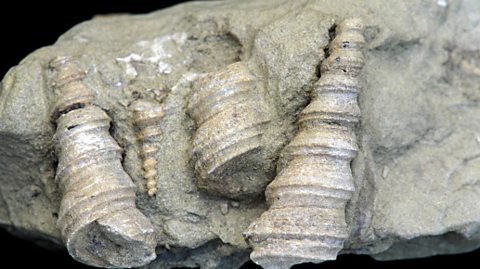
Limestone
Limestone is a soft grey rock with visible layers. It often contains fossils and it reacts with acid giving off a gas. These features classify limestone as a sedimentary rock.


Granite
Granite is a very hard rock made from large crystals. It does not react with acids. These features help to classify granite as an igneous rock.

How do scientists classify rocks?
By observing and measuring them.
Scientists use a range of features to decide if a rock is sedimentary, igneous or metamorphic.
Test your knowledge
Quiz
Play the Atomic Labs game! gamePlay the Atomic Labs game!
Try out practical experiments in this KS3 science game.

More on The Earth and atmosphere
Find out more by working through a topic
- count8 of 8
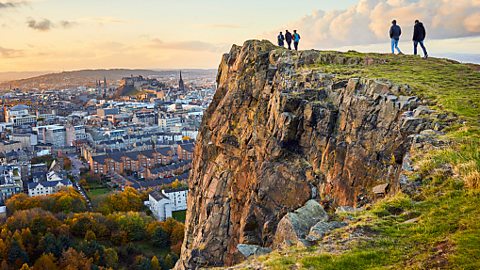
- count1 of 8

- count2 of 8
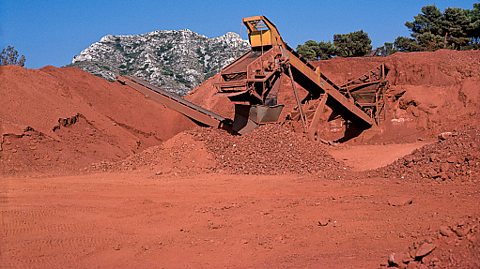
- count3 of 8
